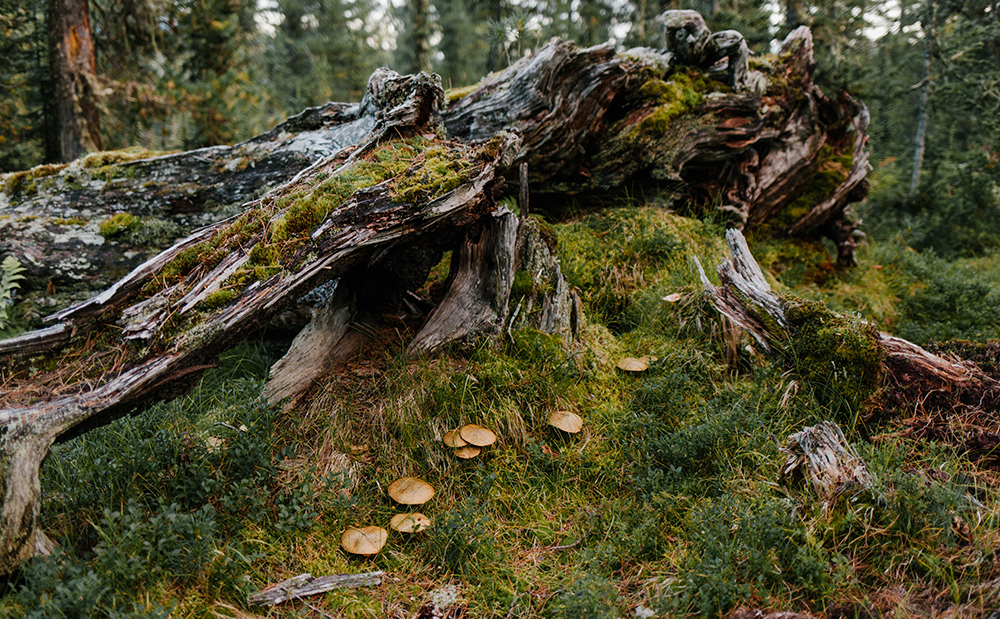Report shows the shrinking amount of primary forests in Europe
A new report shows that about 4.9 million hectares of the EU’s forests are ‘primary’ or ‘old-growth’. These are forests that follow natural dynamics. They exist in their original condition and are largely untouched. These forest types are the natural heritage of Europe, but account for only 3% of the EU’s total forested area and 1.2 % of the EU’s landmass.
Protecting European forests
Protecting them is vital for preserving biodiversity and mitigating climate change. Commissioner for Innovation, Research, Culture, Education and Youth, Mariya Gabriel, said: “Our experts at the Joint Research Centre have a wealth of experience in delivering policy-relevant information on the status of and trends in Europe’s forests. This latest report provides scientific evidence and highlights knowledge gaps, so that we can take the right actions to protect this most precious part of our natural heritage.”
Natural treasures
Commissioner for Environment, Oceans and Fisheries, Virginijus Sinkevičius, said: “European untouched forests are natural treasures that have been providing benefits to humans for centuries and are vital for our health, biodiversity and climate. They also hold important historical and identity values for local communities. That is why mapping and monitoring remaining primary forests in the EU is an important contribution to the next step – their strict protection. I welcome this new evidence-based report that confirms the value of these forests and points to the urgency to properly map and protect old-growth forests.“
Mapping deficit
This evidence-based report shows that there is a need for more robust and up-to-date mapping of primary and old-growth forests in order to better protect them, with a significant ‘mapping deficit’ in some EU regions. It also confirmed that for those areas of primary and old-growth forests already mapped, the majority are protected to some extent, for instance through the Natura 2000 network of protected areas. The report contributes to the commitment made in the EU Biodiversity Strategy to 2030 to define, map, monitor and strictly protect all the EU’s remaining primary and old-growth forests. It is a compilation of existing mapping exercises by various researchers and organisations, and statistical information reported by the Member States.



